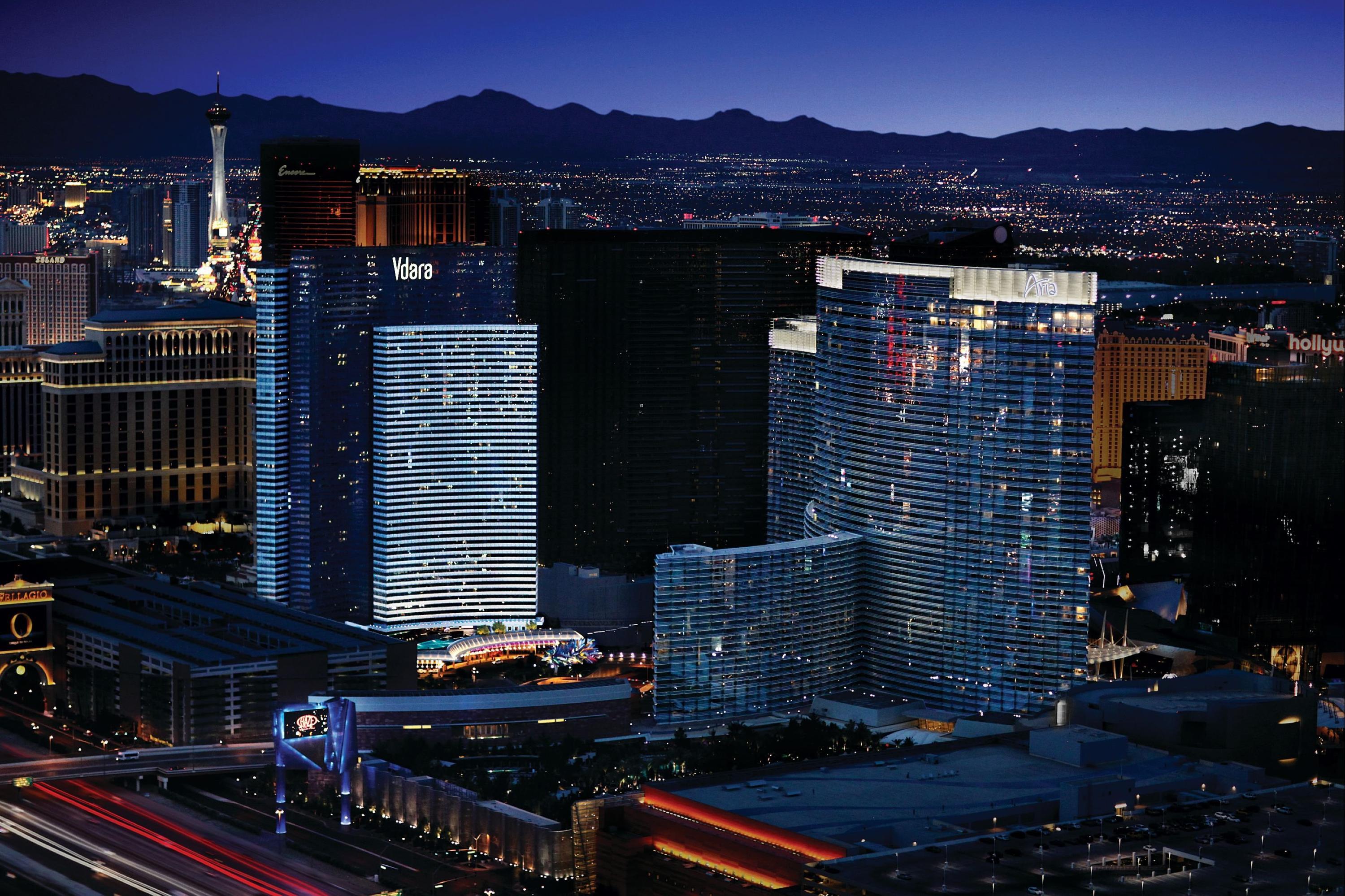08.04.2025
When Buildings Fail: 5 Real Architectural Disasters and What They Taught the Industry
Architectural design is more than creativity—it’s responsibility. Throughout history, several high-profile buildings have collapsed, malfunctioned, or caused public risk due to overlooked calculations, ignored feedback, or misunderstood environments. These failures have reshaped the way the industry approaches design, safety, and ethics.
1. The Lotus Riverside Collapse – Shanghai, China (2009)
What happened:
A nearly completed 13-story apartment building tipped over entirely, staying mostly intact. The cause: poor site management. Excavated earth was piled near a nearby creek, causing water to destabilize the foundation.
Impact:
1 worker died
$30+ million in losses
Entire project demolished

Lesson learned:
Site planning is just as important as structural design. A building’s safety depends on soil stability, water management, and excavation procedures.
2. Walkie Talkie Skyscraper – London, UK (2013)
What happened:
The glass façade of 20 Fenchurch Street reflected sunlight onto the streets below, melting car parts and blistering paint. The curved shape acted like a concave mirror, focusing beams onto specific hotspots.
Impact:
Jaguar car melted in 90 minutes
Businesses suffered heat damage
Temporary sunshades were installed

Lesson learned:
Environmental modeling is critical. Digital simulations must account for sunlight, glare, and heat impact on surrounding public spaces.
3. Hyatt Regency Walkway Collapse – Kansas City, USA (1981)
What happened:
Two suspended walkways collapsed during a dance event, killing 114 people and injuring more than 200. The original connection design was changed during construction without a full safety review.
Impact:
One of the deadliest structural failures in U.S. history
Over $140 million in lawsuits
Engineering firm lost its license

Lesson learned:
No design change—however small—should bypass peer review and structural analysis. Communication between architect, contractor, and engineer must be fully documented and transparent.
4. Vdara Hotel “Death Ray” – Las Vegas, USA (2010)
What happened:
Guests at the hotel pool reported burns and melted plastic. The building's concave design focused intense solar reflections onto the pool deck, creating hot zones over 100°C (212°F).
Impact:
Multiple guest complaints
Temporary umbrellas used for shade
Exterior panels later modified


Lesson learned:
Designs must be tested not only for form but for unintended consequences. Geometry and material reflectivity can create serious hazards in certain climates.
5. Tacoma Narrows Bridge – Washington State, USA (1940)
What happened:
Nicknamed “Galloping Gertie,” the bridge collapsed in strong winds just four months after opening. Engineers had underestimated aerodynamic effects on the suspension structure.
Impact:
No human deaths
Redefined wind-load standards
Became a classic case study in physics and engineering

Lesson learned:
Aesthetic minimalism must be balanced with physics. Wind tunnel testing became a global requirement for long-span bridges after this failure.
Key Takeaways for Architects and Designers
Test in real conditions. Simulations aren’t enough—test models physically or in digital twins.
Collaborate across disciplines. Engineering, urban planning, and environmental science must work hand in hand.
Account for user behavior. Design must consider how real people will interact with the space.
Never skip documentation. Any construction change must be fully vetted and recorded.
Architectural failures can be catastrophic, but they are also powerful teachers. Each collapse, burn, or flaw has helped push the industry toward stronger codes, smarter tools, and more ethical practice. As technology advances, so should our responsibility to use it wisely.
How Platforms Like Plandi.io Help Avoid Failures
Modern tools and platforms, such as Plandi.io, provide architects and engineers with resources to ensure thorough planning and execution. From BIM models for accurate simulations to access to high-quality materials and equipment, Plandi.io supports professionals in creating reliable, durable structures while minimizing risks.
The article was useful to you?
0
5
0